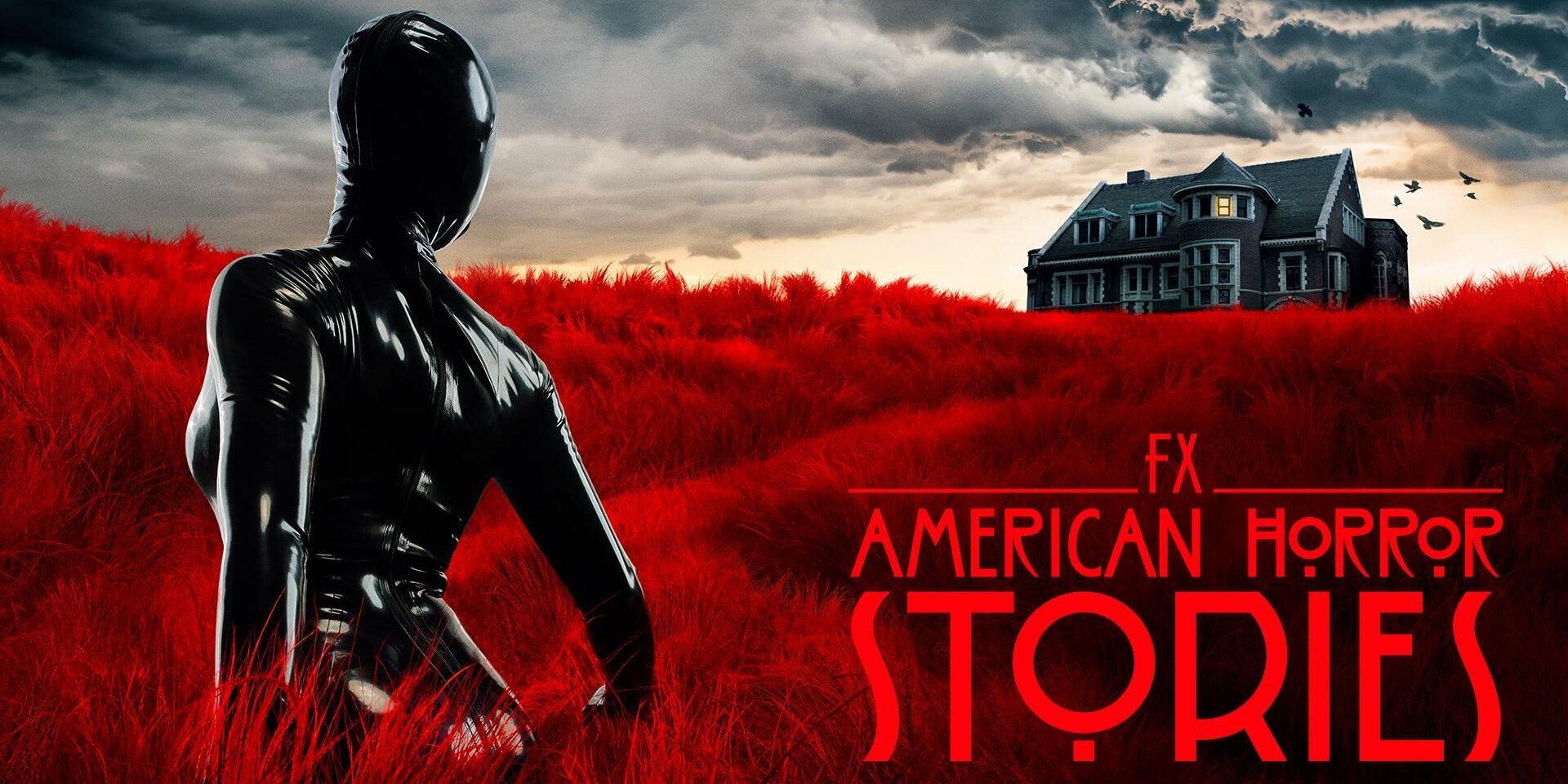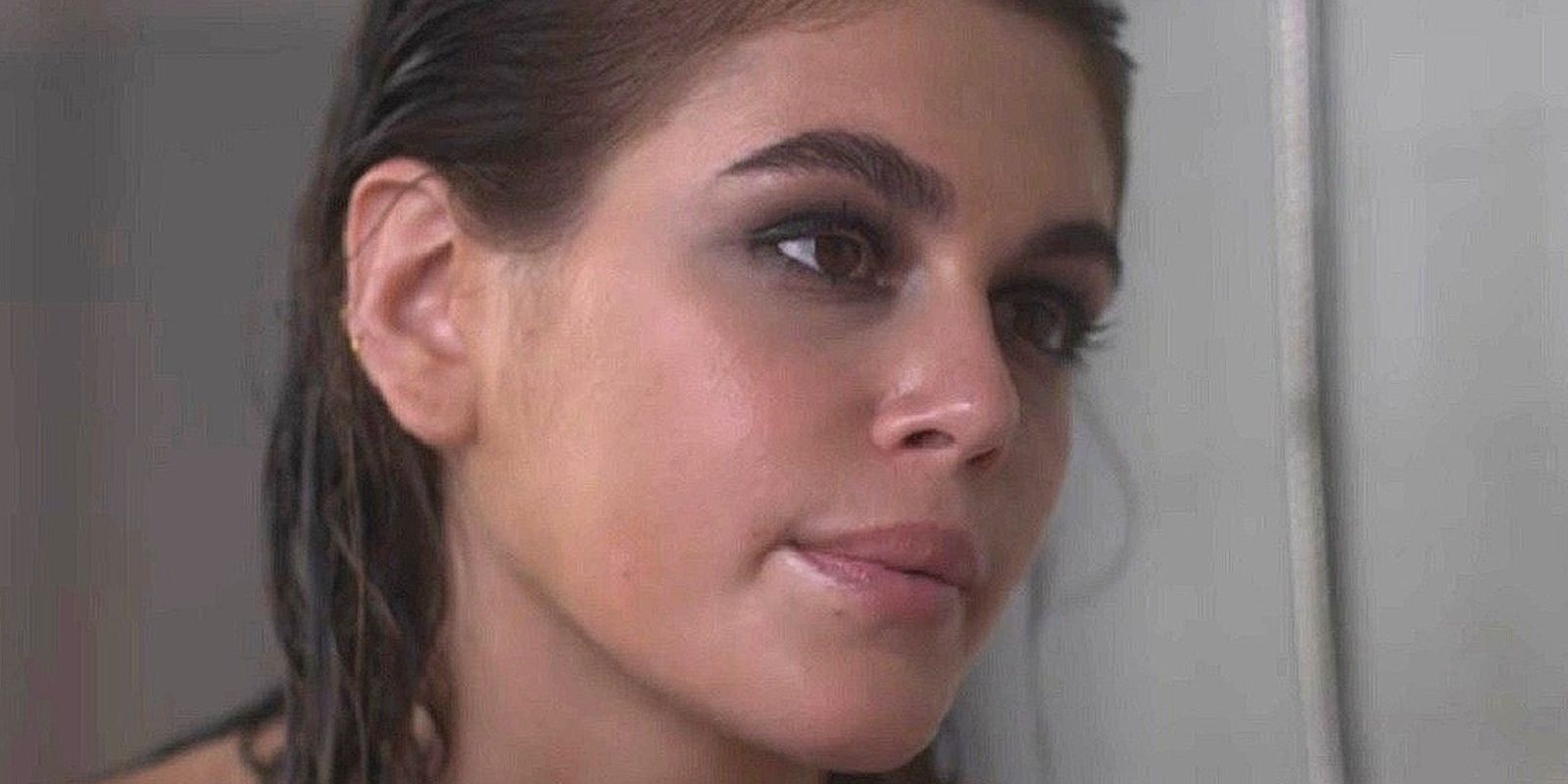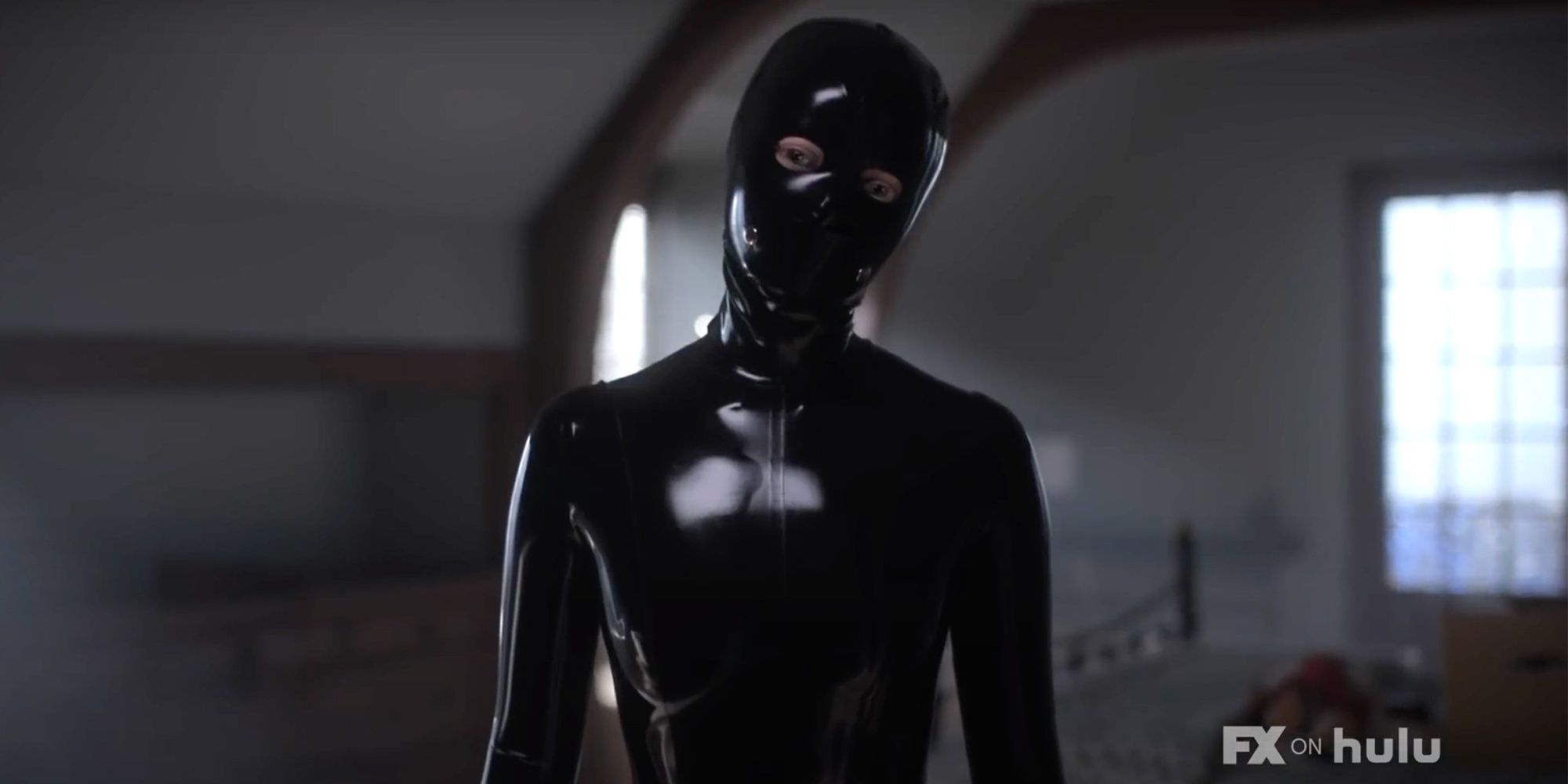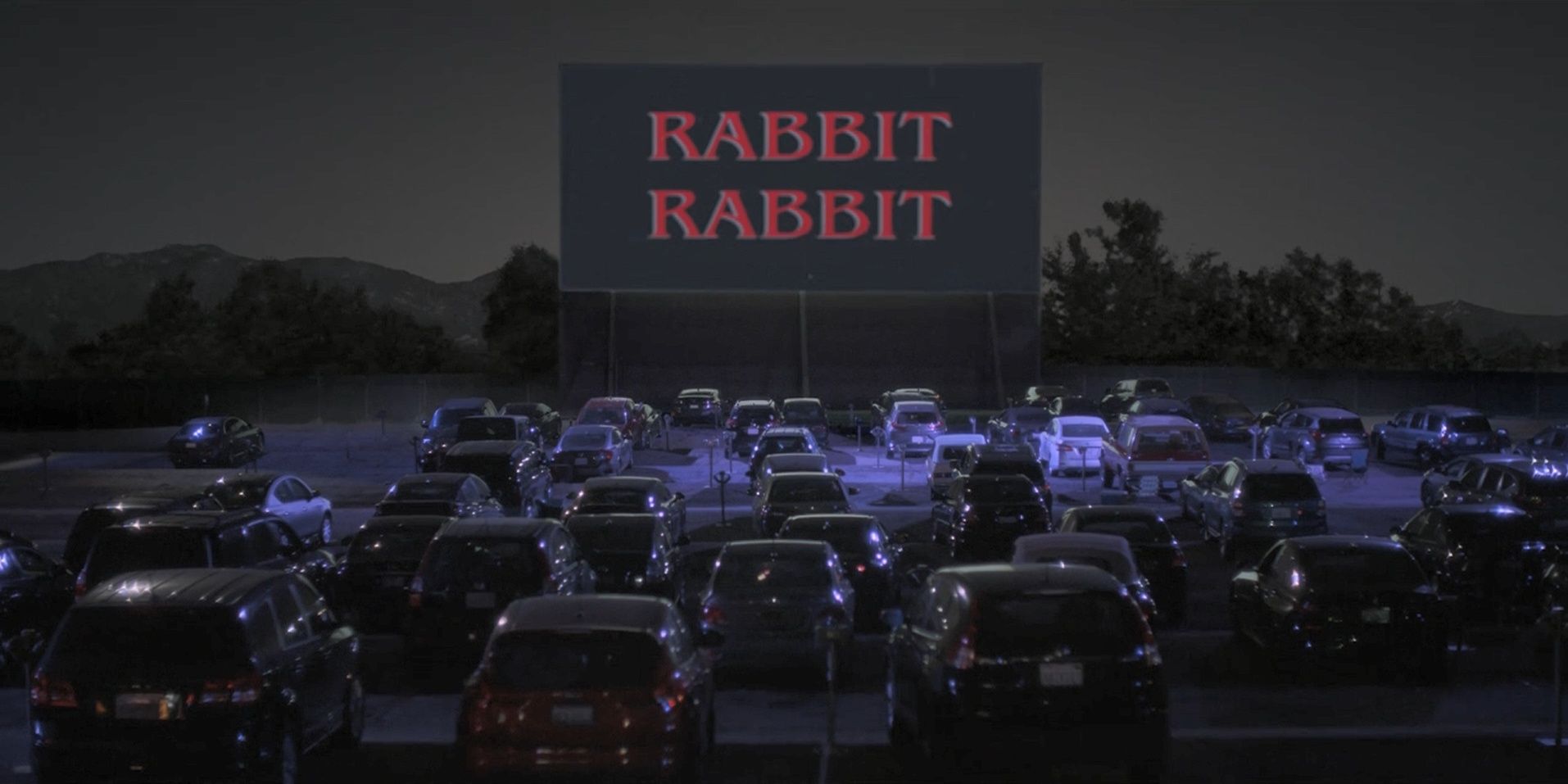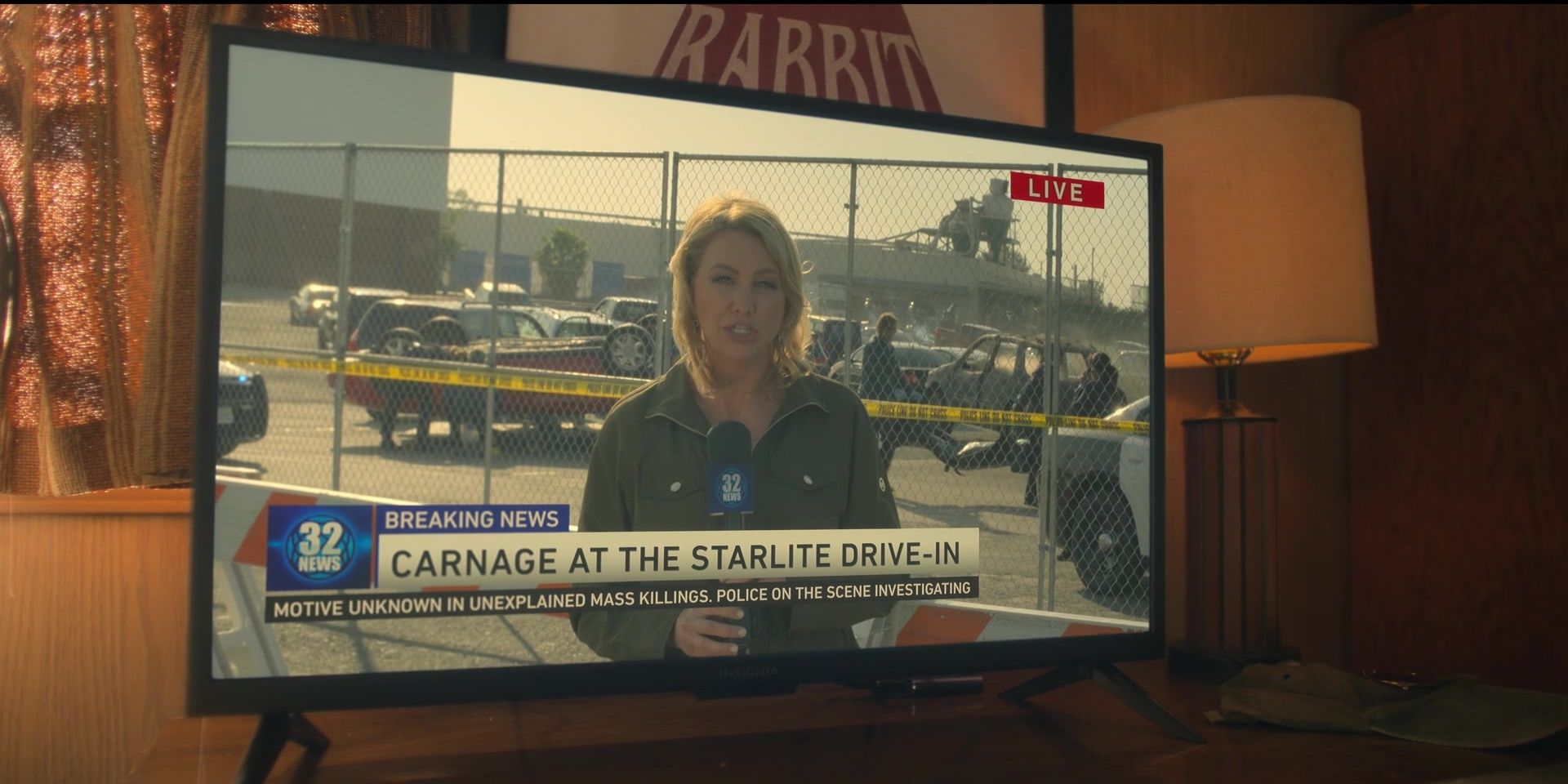For nearly a decade, Ryan Murphy has petrified people with a range of horror stories. Freaky properties, wacky characters, and life-questioning scenarios have wormed their way into the hearts of many. Murphy's newest project, American Horror Stories, looks to expand on the work American Horror Story has done, but how will it stack up?
With three episodes under its belt, American Horror Stories proves that it isn't the American Horror Story people have come to love. While the first two episodes "Rubber (Wo)man: Part One" and "Two," borrowed Murder House and the rubber suit from American Horror Story's first season, the spin-off fell flat.
As a separate project, the spin-off needs to explore new horror avenues that wouldn't necessarily need an entire season to explain. They must be shocking but short enough to wrap up in one or two episodes. So far, the "Rubber (Wo)man" is the only story that has been divided into two episodes. Truthfully, the story would have benefitted from ending after the first episode. For viewers, the odd jump and cringe acting seen in the second episode, was enough to make them skeptical for the remainder of the series.
To sell the spin-off, Murphy gives a range of new talent the chance to shine. While the first two episodes seemed to falter, its third episode, "Drive In," shows that the series can't be counted out just yet. Competing with nine already completed seasons, American Horror Stories has big shoes to fill in a short amount of time.
As the first season of American Horror Story proved, Murder House is not an ideal place for a family to live. The Harmons, who move in during the pilot, are already on rocky terms. Once they begin living at Murder House and learn of the countless horrors that occurred there, in addition to the freaky incidents that never end, the Harmons realize the mistake they've made. Unfortunately, they come to that realization far too late.
The Harmons also introduced the rubber suit and it was one of the early mysteries of the series. It was revealed that it had been purchased by the couple that resided in the home before them, and it was ultimately used to kill them. Whoever wore the suit never inherited someone else's motive but fulfilled their own. American Horror Story made it clear that it was never the suit itself that inspired the thirst to kill, but the person who wore the costume.
American Horror Stories completely abandons the suit's past. Instead, Scarlett (the newest moody teen to move into Murder House) finds the suit and uses it to play a series of harmful pranks and eventually, assume a lethal alter ego. Whenever Scarlett wears the suit, her eyes turn black, making it seem as if she and the suit become one. Instead of giving confidence or amplifying the dark personality of whoever wears it, the suit quite literally consumes them. Based on the history of American Horror Story provided, it makes no sense.
In an attempt to appeal to American Horror Story fans, the spin-off features a few familiar faces from the original franchise. Matt Bomer, who notoriously played Donovan alongside Lady Gaga in the fifth season, AHS: Hotel, stars in the "Rubber (Wo)man" as one of Scarlett's dads. Bomer isn't the only star American Horror Story fans may recognize. "Drive In" features Naomi Grossman and John Carroll Lynch in new roles. Grossman most notably starred as Pepper in the American Horror Story franchise and Lynch has played a series of characters including Twisty the Clown, John Wayne Gacy, and Mr. Jingles.
"Drive In" redeems American Horror Stories. Rather than poaching and reiterating the same story from American Horror Story, "Drive In" is original. Starring Rhenzy Feliz and Madison Bailey as the leads, "Drive In" frightens its audience by making them witness everyone become unwilling participants of the horror movie they've come to see.
While there are real-life horror stories that raise concern, "Drive In" takes the fear to an entirely new level by proposing a frighteningly plausible scenario. A banned film, Rabbit Rabbit, resurfaces for a once-in-a-lifetime showing. In the 80s, Rabbit Rabbit drove six people to experience violent deaths, injuring and traumatizing a number of others. According to the survivors, it was the film that drove the six to become killers.
Yearning to score points with his girlfriend, Kelley (played by Bailey), Chad (played by Feliz) agrees to take her to the horrendous film. Ignoring the very clear warnings, the teens find themselves in the middle of a blood bath with no way out. As the only survivors of the massacre, their attempts to shut down the film once and for all are thwarted by streaming services.
Released in weekly installments on Hulu every Thursday, American Horror Stories has maintained a steady rhythm thus far. While the "Rubber (Wo)man" episodes were drug out, "Drive In" proved that the spin-off can deliver a concise, sinister tale.
While it is concise, "Drive In" has a slightly ambiguous ending. With Rabbit Rabbit's addition to Netflix, the rest of the world will likely descend into chaos. "Rubber (Wo)man" ended definitively with no room for interpretation. Over the years, American Horror Story has featured both ambiguous and concrete endings, and with horror, a definitive ending isn't always the best way to go.
"Drive In's" improvement is what the spin-off needed and it bodes well for the episodes that are still to come. If American Horror Stories follows along the path that "Drive In" has started, the series has the potential to become as infamous as its predecessor.
The first three episodes of American Horror Stories are now streaming through FX on Hulu.

